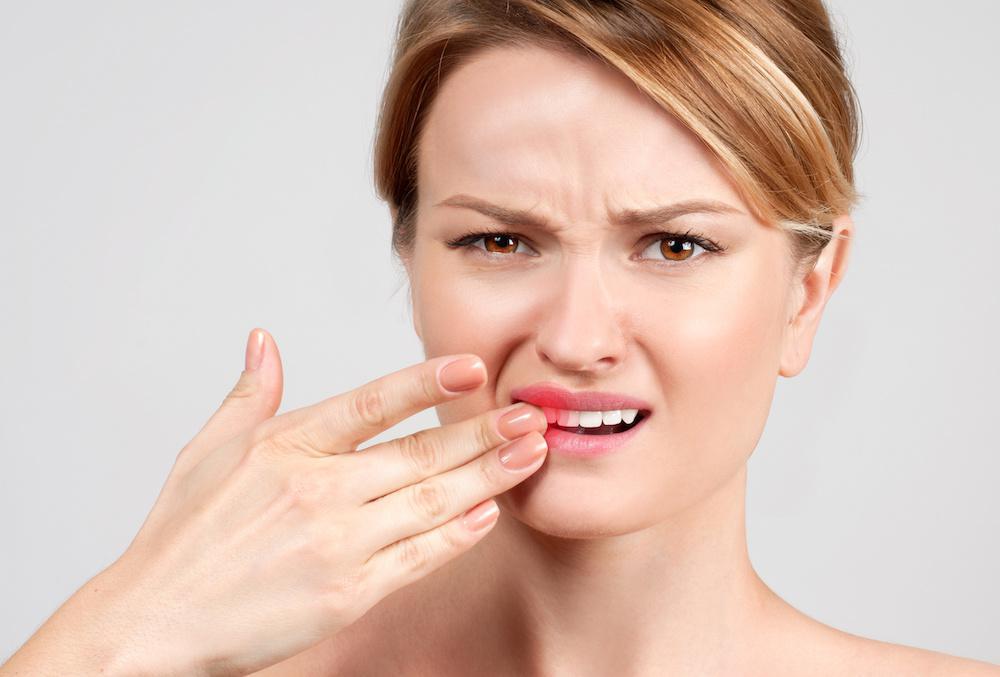
If you think that dentists are all about drilling and filling, this should be refreshing news: At Dr. Aaronson & Associates in New York City, our dental specialists focus on prevention.
With that in mind, we’re talking today about how to prevent gum disease, a common condition that affects almost half of the over-30 crowd. We start with a quick overview of gum disease, and why it matters, then we offer some practical tips to help you prevent falling victim to this pervasive infection.
Gum disease 101
Bacteria are vigilant pathogens on patrol in your mouth 24/7, looking for any breach in your defenses. A cracked tooth, scraped cheek, cavity, or gap in your gums are perfect entry points for these invaders to nestle into your tissues and set up shop. As they breed, bacteria erode the enamel on your teeth and destroy your gum tissue.
In its infancy, gum disease is called gingivitis, and it’s a great stage to begin treatment and stop the progression.
If you ignore gingivitis, it develops into periodontitis, a more serious form of the disease that’s harder to treat. In this stage, your gums become inflamed and painful, leading to loose teeth, oozing pus draining, a foul odor, and a little “pink in the sink” when you spit out your toothpaste, indicating bleeding.
What’s the big deal about gum disease?
Leaving periodontitis to its own devices leads to complications that may require more aggressive treatments down the road. For example, unchecked gum disease can cause painful abscesses to develop, allow your loosening teeth to shift, and make your gums recede and expose your tooth roots.
Untreated gum disease can also wreak havoc on your overall health if the infection enters your bloodstream. It increases your risk of heart disease, diabetes, and respiratory problems and even causes pregnancy complications, such as preeclampsia and low birth weight.
How to prevent gum disease
The good news is that you can prevent periodontitis from occurring in the first place by practicing good oral hygiene and keeping these tips in mind:
Brush your teeth
Gum disease develops over time, and it starts with a seemingly inconsequential choice, like deciding it’s no big deal to skip tooth brushing one morning (or one day). The sticky plaque that builds up on your teeth mixes with minerals in your saliva and forms a harder substance called tartar, which you can’t brush away.
We can remove plaque and tartar at your twice-yearly cleanings to keep gum disease at bay. You can do your part by brushing twice a day without fail.
Floss your teeth
Gum disease often takes hold in the nooks and crannies you can’t reach with your toothbrush, which is why flossing is so important. Even if the visible surfaces of your teeth are gleaming white, if you leave plaque in between them, you put yourself at risk for gum disease.
Drink water
Saliva is your body’s cleaning system, and it does a pretty good job of whisking away food particles after you eat. It washes away a fair amount of plaque, too. Drinking plenty of water throughout the day keeps your saliva flowing and lends a hand in the cleaning department.
Limit sugar
Bacteria feast on sugar, so every time you eat a donut or drink a soda, you’re feeding the bacteria and helping them flourish and take hold in your teeth and gums.
Get more vitamin C
There’s a link between vitamin C deficiency and gum disease, so upping your intake of citrus fruits or taking a supplement can fortify your fight against periodontitis.
Quit smoking
Smoking interferes with the way your gum cells function. Eventually, they begin to detach from your teeth and provide spaces for bacteria to collect, opening the door to gum disease. Smoking is detrimental to your health in so many ways, and you can add periodontitis to the list as.
We can treat gum disease
If you’re reading this prevention blog too late, and you already have gum disease, don’t panic — we can help.
Your treatment depends, of course, on the stage and severity of your gum disease, but we can tackle it in any phase.
We start with a thorough cleaning and may add a next-level treatment called planing and scaling that deep cleans your tooth roots. We may also recommend a round of antibiotics to address the bacterial infection.
In severe cases, we may need to remove some of the damaged gum tissue. If so, we use advanced technology called laser dentistry to zap away nearly 100% of the bacteria.
If you want more information about preventing or treating gum disease, contact us at our New York, New York, office today.
